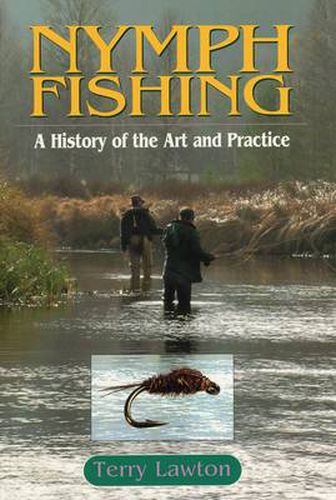Readings Newsletter
Become a Readings Member to make your shopping experience even easier.
Sign in or sign up for free!
You’re not far away from qualifying for FREE standard shipping within Australia
You’ve qualified for FREE standard shipping within Australia
The cart is loading…






The definitive history of nymph fishing Complete background of nymphing’s roots in the United Kingdom Developments in the United States, Australia, New Zealand, and Europe Upstream nymph fishing has developed from the minor tactic of G. E. M. Skues into a universally-accepted method wherever fly fishermen fish for trout and grayling. The history of nymph fishing is notable for the argument between F. M. Halford, the dry-fly ultrapurist, and Skues, culminating in the debate on the legitimacy of fishing nymphs on chalkstreams and the later fallout between Frank Sawyer and Major Oliver Kite.Nymph fishing was developed in England and then spread, along with nymph patterns, around the world through the writings of Skues and others and the travels of English anglers. Over the last fifty years, the English method has been adapted and developed to suit local conditions throughout the world and particularly in the United States.
$9.00 standard shipping within Australia
FREE standard shipping within Australia for orders over $100.00
Express & International shipping calculated at checkout
The definitive history of nymph fishing Complete background of nymphing’s roots in the United Kingdom Developments in the United States, Australia, New Zealand, and Europe Upstream nymph fishing has developed from the minor tactic of G. E. M. Skues into a universally-accepted method wherever fly fishermen fish for trout and grayling. The history of nymph fishing is notable for the argument between F. M. Halford, the dry-fly ultrapurist, and Skues, culminating in the debate on the legitimacy of fishing nymphs on chalkstreams and the later fallout between Frank Sawyer and Major Oliver Kite.Nymph fishing was developed in England and then spread, along with nymph patterns, around the world through the writings of Skues and others and the travels of English anglers. Over the last fifty years, the English method has been adapted and developed to suit local conditions throughout the world and particularly in the United States.